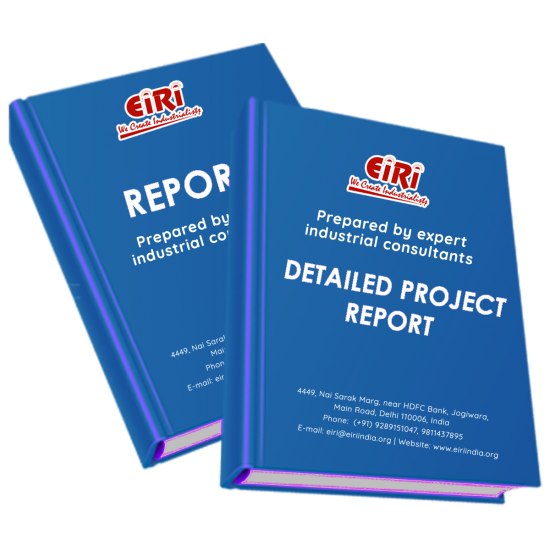The project report includes Present Market Position and Expected Future Demand, Market Size, Statistics, Trends, SWOT Analysis and Forecasts. Report provides a comprehensive analysis from industry covering detailed reporting and evaluates the position of the industry by providing insights to the SWOT analysis of the industry.
Citric acid (C6H8O7, 2 – hydroxy – 1,2,3 – propane tricarboxylic acid), a natural constituent and common metabolite of plants and animals, is the most versatile and widely used organic acid in the field of food (60%) and pharmaceuticals (10%). It has got several other applications in various other fields. Currently, the global production of citric acid is estimated to be around 736000 Tons/Year (TPA). In Brazil, almost the entire demand of citric acid is met through imports. There is constant increase (3-4%) each year in its consumption, showing the need of finding new alternatives for its manufacture.
Citric acid was first isolated by Karls Scheels in 1874, in England, from the lemon juice imported from Italy. Italian manufacturers had monopoly for its production for almost 100 years, and it was sold at high cost. This led extensive attempts all over the world to find alternatives way for its production, which included chemical and microbial techniques. In 1923, Wehmer observed the presence of citric acid as a by-product of calcium oxalate produced by a culture of Penicillium glaucum. Other investigations showed the isolation of two varieties of fungi belonging to genus Citromyces (namely Penicillium). However, industrial trials did not succeed due to contamination problems and long duration of fermentation. The industrial process was first open by Currie, in 1917, who found that Aspergillus Niger had the capacity to accumulate significant amounts of citric acid in sugar based medium. He also showed that high concentrations of sugar favoured its production, which occurred under limitation of growth. In the thirties, some units were implanted in England, in Soviet Union, and in Germany for the commercial production.
However, the biochemical basis was only cleared in the fifties with the discovery of the glycolytic pathway and the tricarboxylic acid cycle (TCA). Consequently, an improved process employing submerged fermentation was developed in United States.
Although methods were well developed to synthesis citric acid using chemical means also, better successes were achieved using microbial fermentations, and over the period of time, this technique has become the method of ultimate choice for its commercial production, mainly due to economic advantage of biological production over chemical synthesis. Much attention has been paid on research to improve the microbial strains, and to maintain their production capacity.
Citric acid was first isolated from lemon juice and crystallized as a solid by Scheele in 1784. It is found as natural constituent of citrus fruits, pine apples, peaches other fruits and tissues. The citric acid extracted from these products is known as a “natural citric acid” in contrast to “fermentation citric acid” lemons, limes and pine apples are the principle sources of natural citric acid, which is produced chiefly in Italy, especially Sicily, and also in California, Hawaii and the West Indies.
It has made the United States self-sufficient in respect to the citric acid supply and greatly changes the commerce of the world in citric acid and calcium citrate.
Recent developments in the citric acid fermentation include the change from the older established shallow pan method to a deep tank submerged method.
A group headed by S.M. Martin of the National Research laboratory of Canada has been especially active in the development of the submerged production of citric acid from ferrocyanide-treated beet molasses by Aspergillus Niger. It is intended to prepare a Feasibility Report to install a Citric Acid (Anhydrous) Powder production facility with an installed capacity of 30000 Tons / Year as a Green Field Project.



